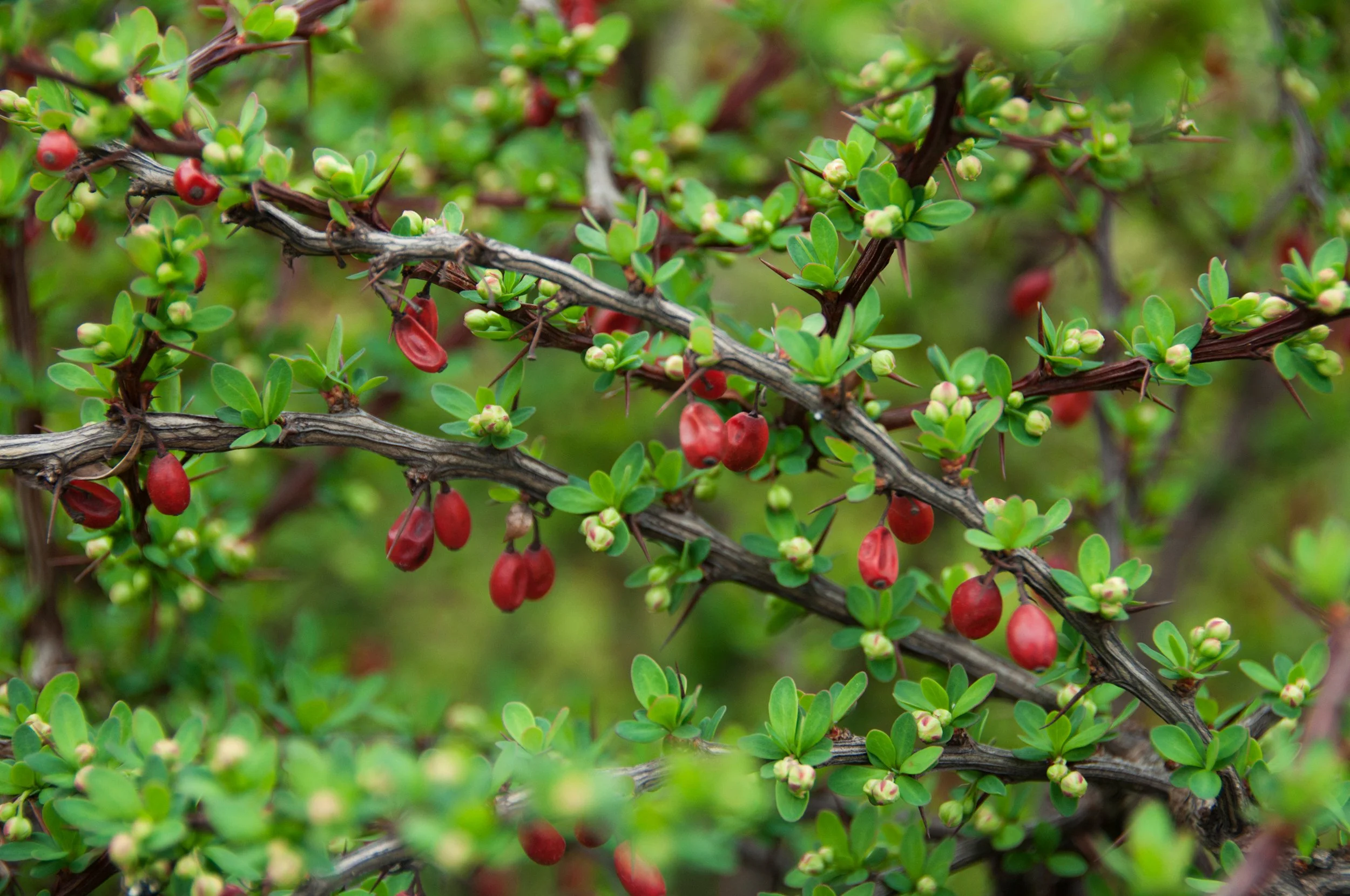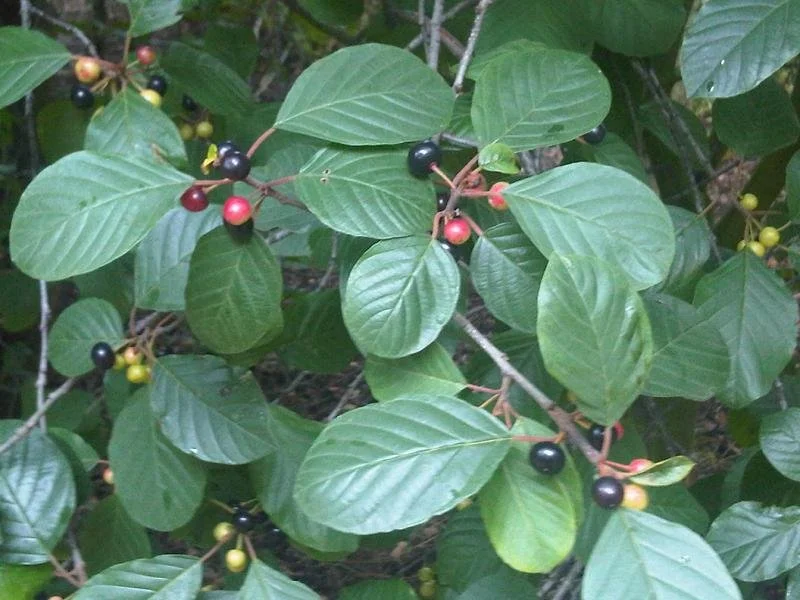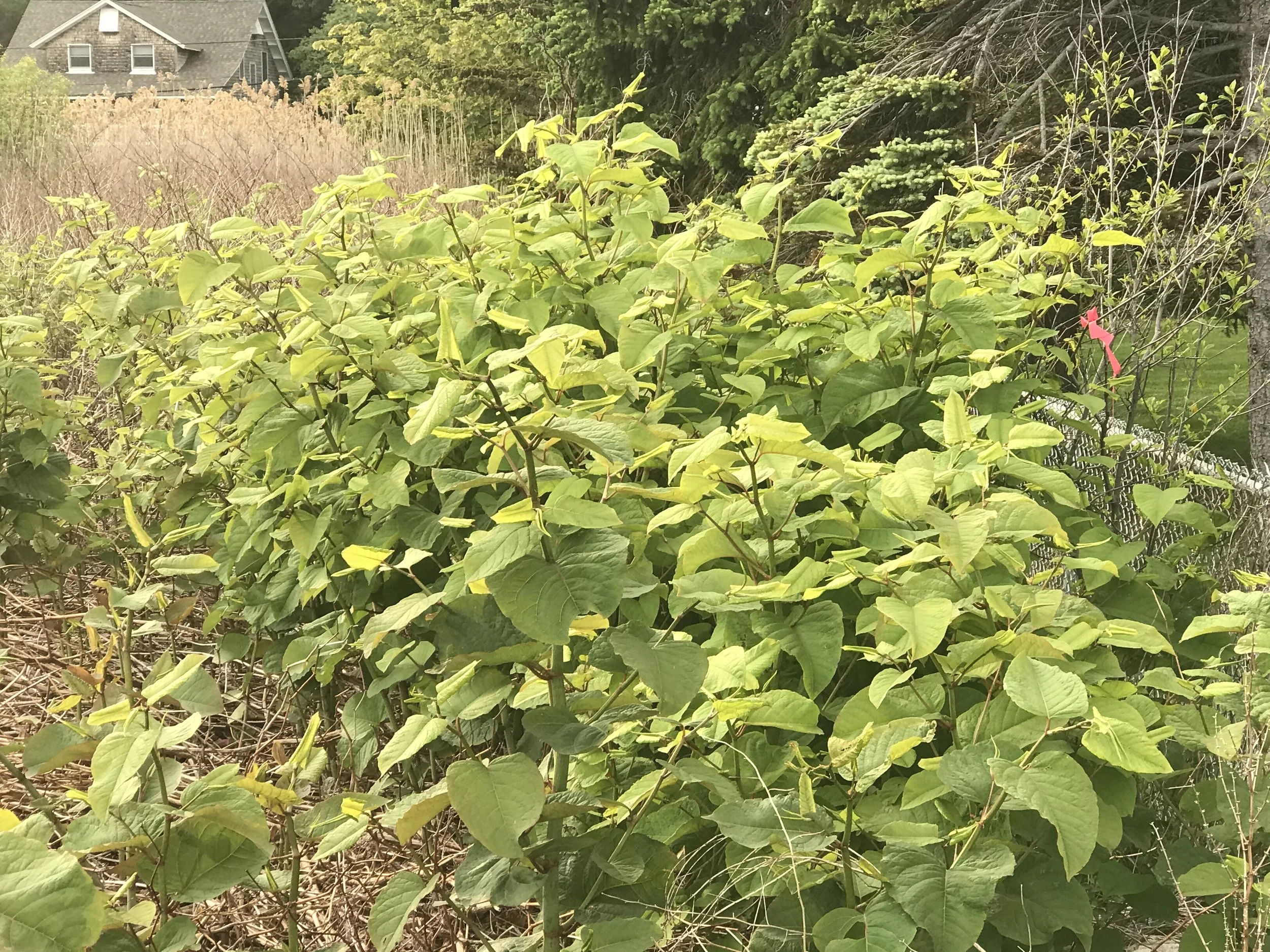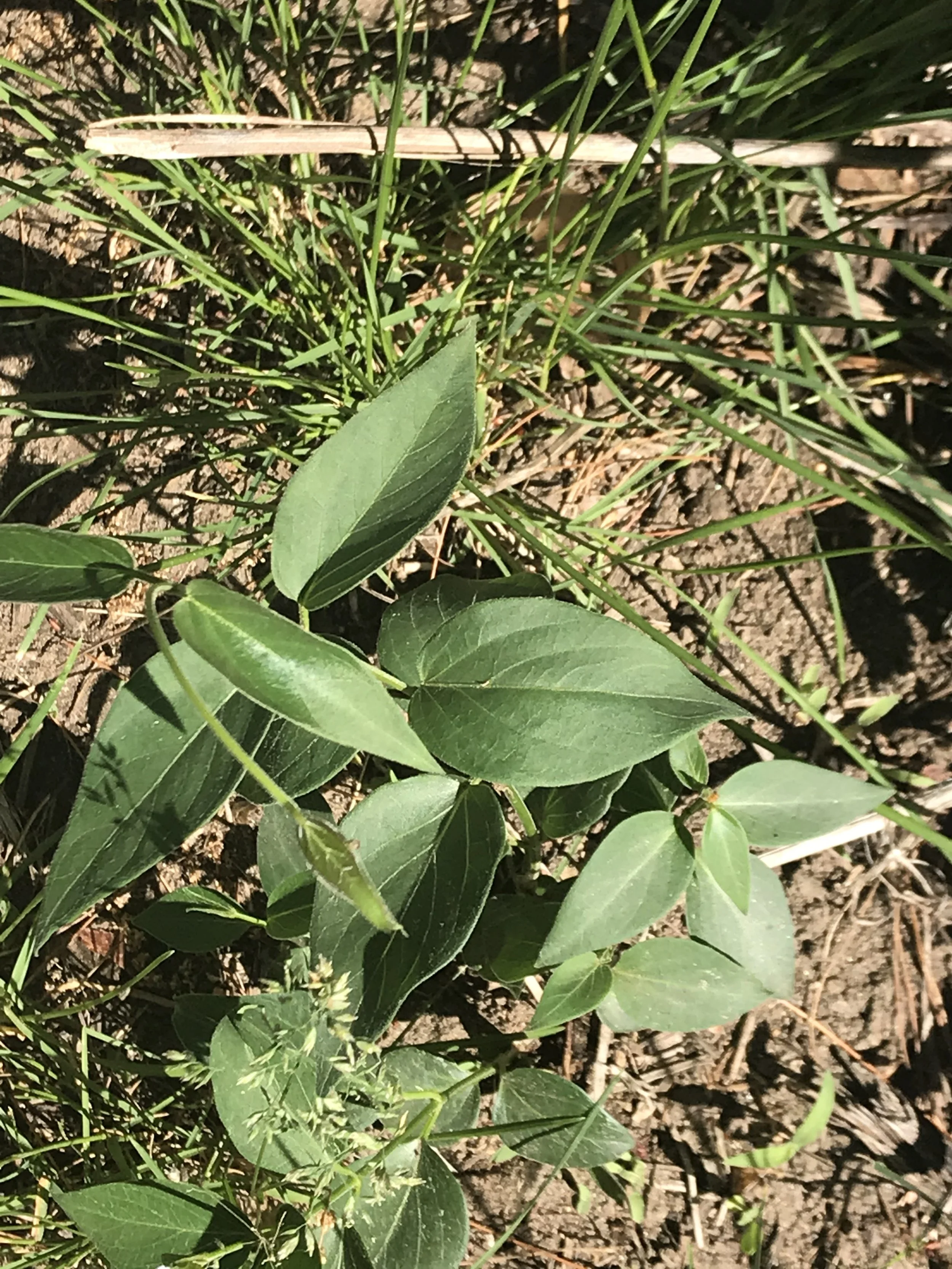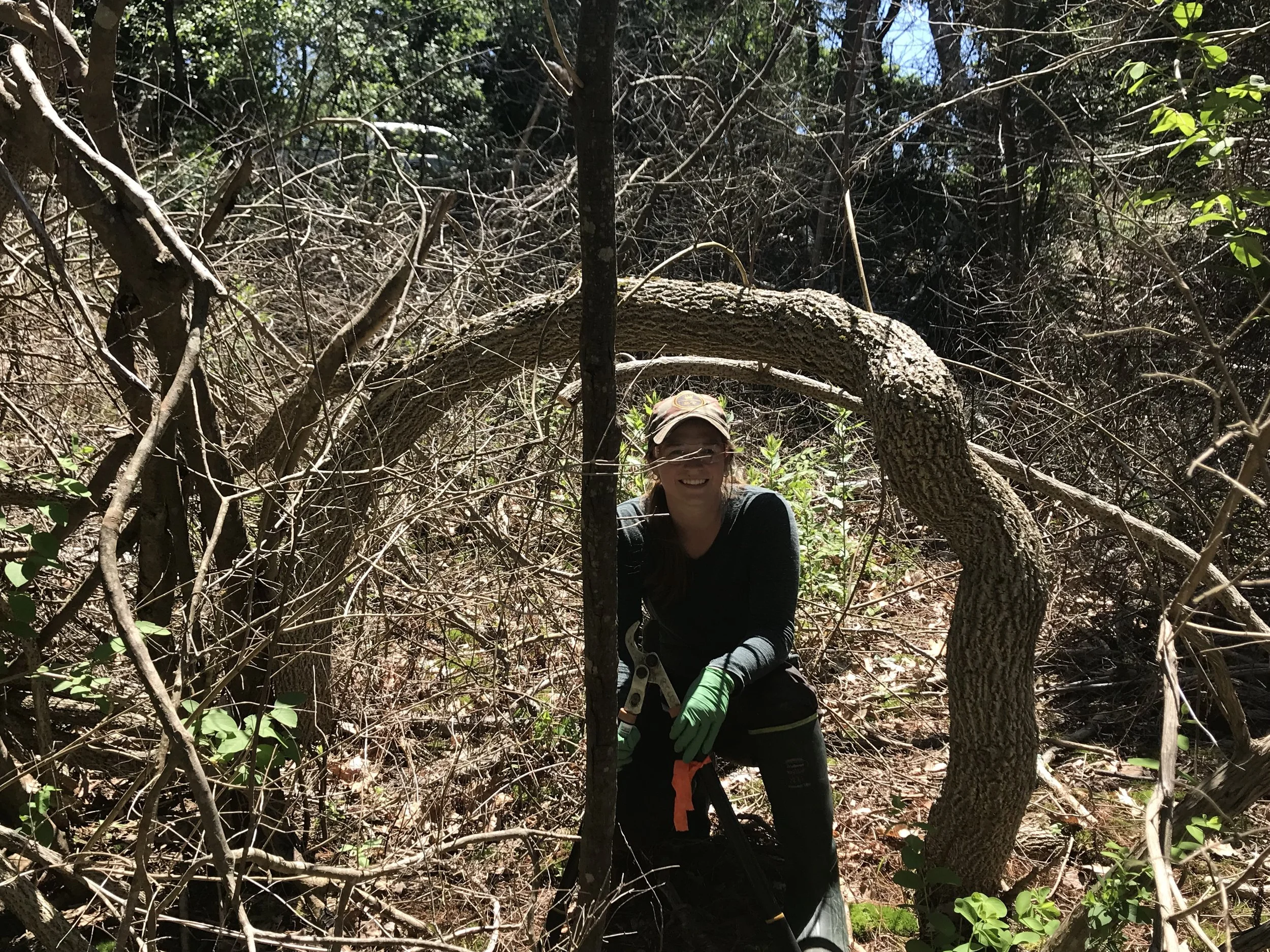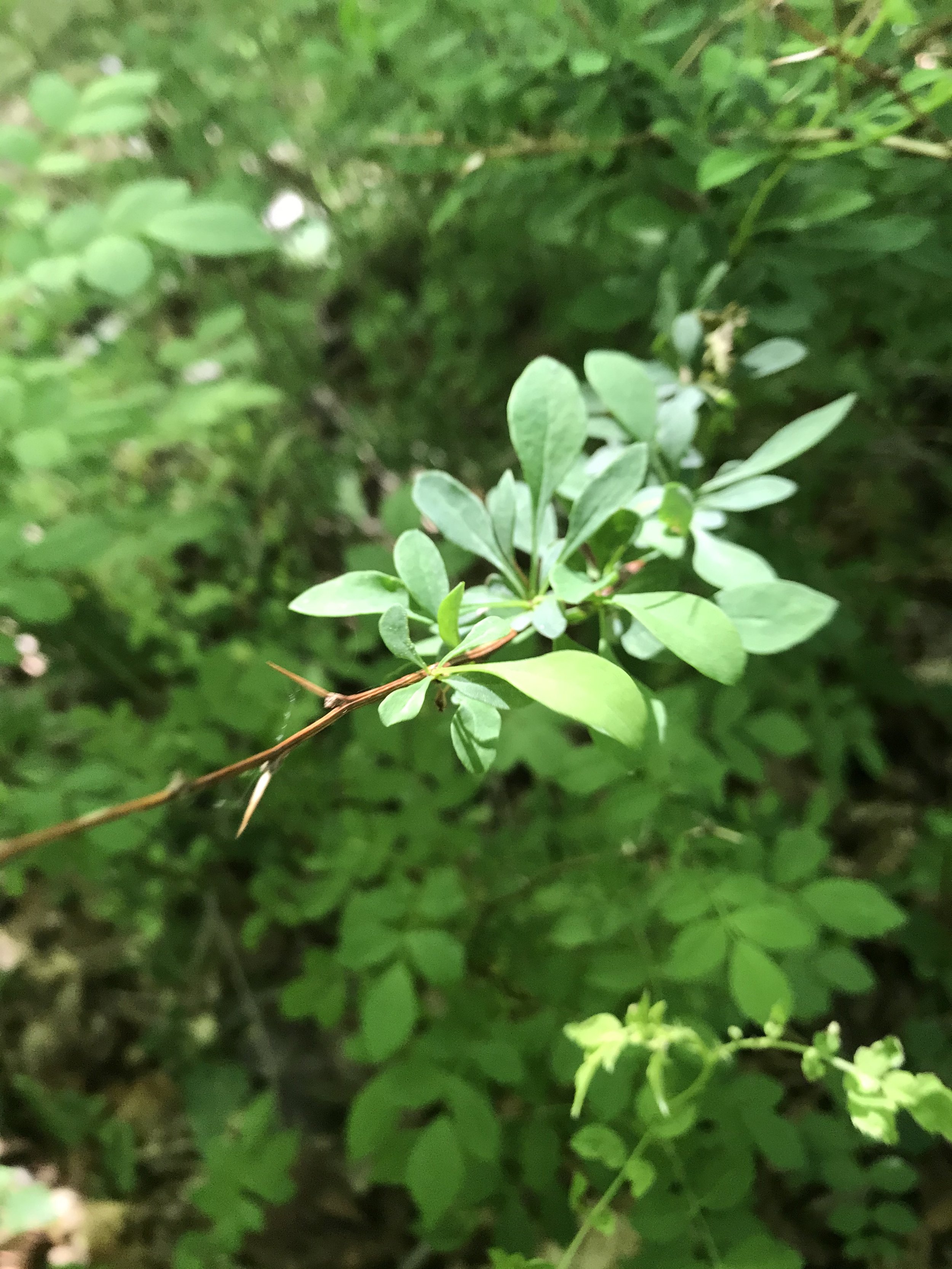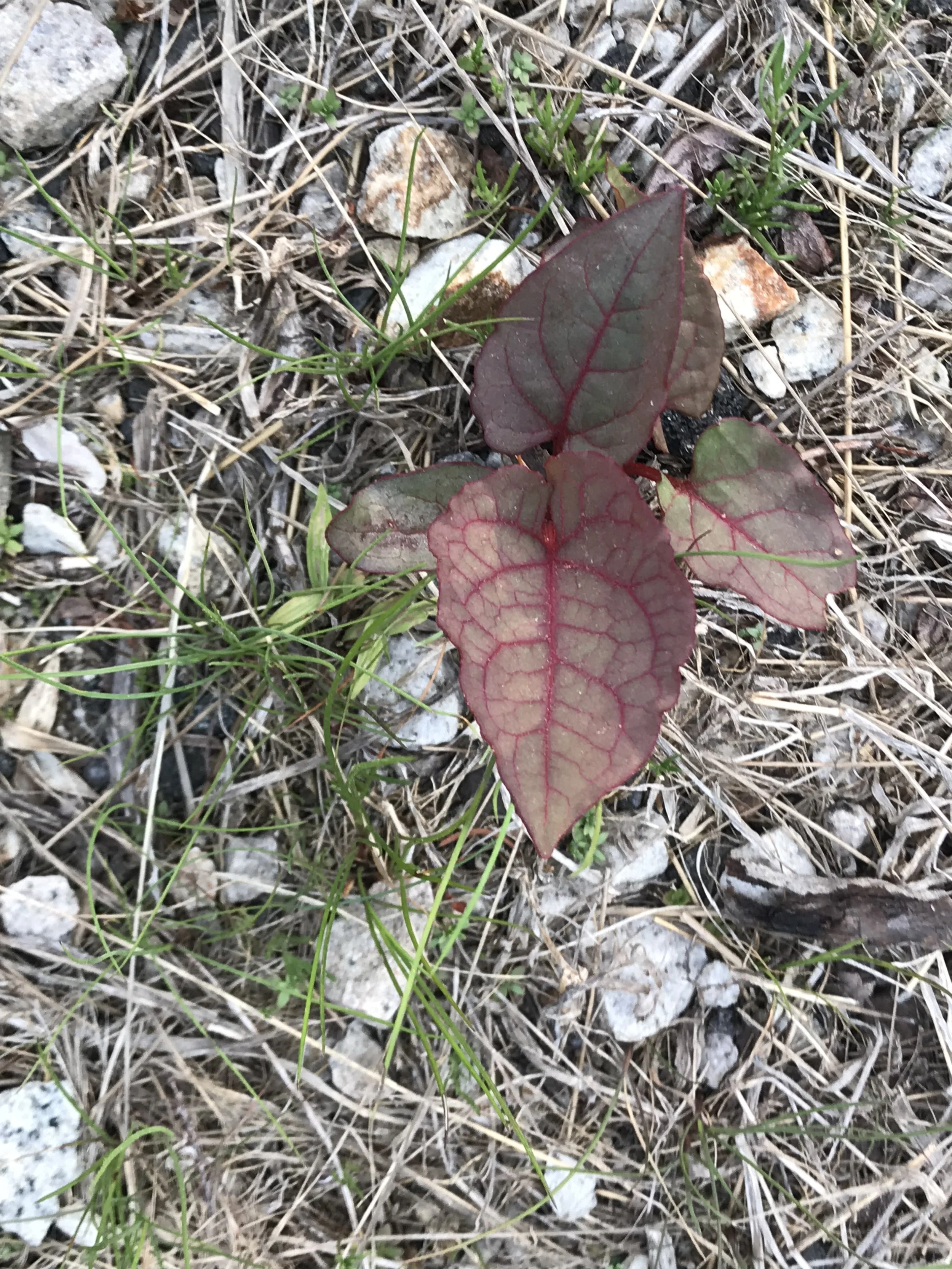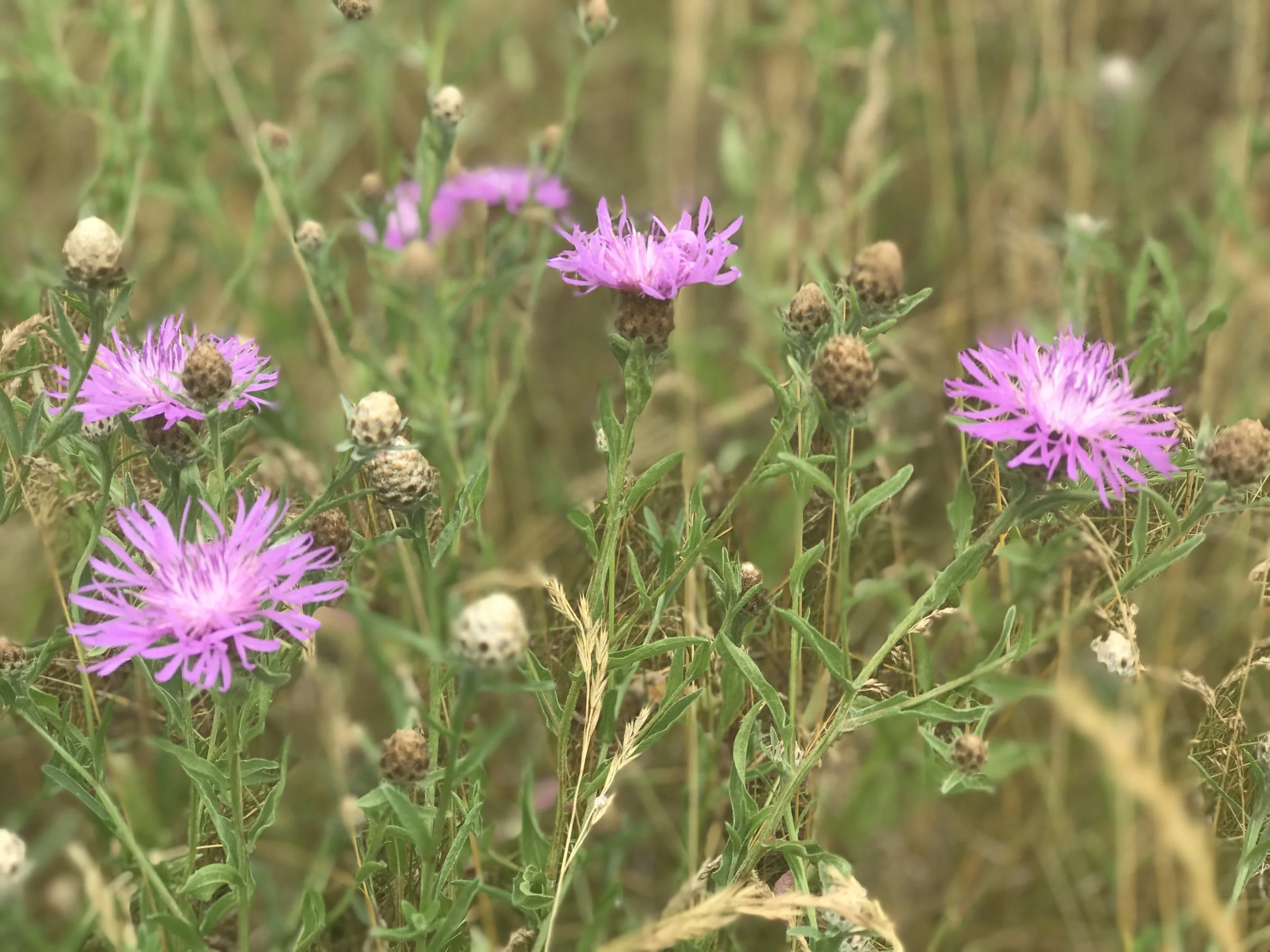
NH State Listed Invasive Plants
What is an Invasive Species?
An invasive is a plant or animal that is not native to a particular ecosystem, whose introduction does or is likely to cause economic or environmental harm, or harm to human health. It is capable of moving aggressively into an area, monopolizing light, nutrients, water, and space to the detriment of native species.
Invasive plants disrupt our native ecosystems facilitating cascading effects throughout all trophic levels. Outcompeting native plants for resources such as space, moisture and nutrients, invasive plants ultimately reduce the overall biodiversity of an ecosystem. Invasive plants have a leg up on native plants for several reasons; they lack natural predators, are fast growing, they produce many seeds, are very adaptable to a wide range of conditions, and have longer growing seasons. Studies have shown that invasive plants can result in the degradation and loss of wildlife habitat (including that of rare species), degrade water quality, alter nutrient cycling in the soil, and reduce forest production
It is illegal in New Hampshire to collect, transport, sell, distribute, propagate or transplant any living or viable portion of any listed prohibited invasive plant species including all of their cultivars, varieties, and specified hybrids. -NH Department of Agriculture, Markets & Food
A Few Species Specific Examples
Japanese barberry (Berberis thunbergii)
Forested/woodland sites invaded by Japanese barberry have higher occurrences of ticks including the black-legged tick (vector for lyme disease) than those habitats not yet invaded. This is due to the high evapotranspiration rate.
Japanese barberry invasion can alter soil microbial composition and increase nitrate concentrations. High nitrate concentrations may result in higher nitrogen losses or may make these sites more susceptible to invasion by other weedy plants.
Japanese barberry foliage is toxic to deer
Glossy buckthorn (Frangula alnus)
Glossy buckthorn shade native plants and suppress tree regeneration in forest understories
Glossy buckthorn seeds can persist in the soil for up to 6 years
Black Swallowwort (Cynanchum louiseae)
Swallow-wort creates dense monocultures and displaces native vegetation
Swallow-wort’s leave and stem tissue contain chemicals that are toxic to moths and butterfly larvae that feed on them. As a member of the milkweed family, Monarch butterflies can confuse the two and lay thier eggs on the swallow-wort plants (ultimately a death sentence for the butterfly larvae).
Japanese knotweed (Polygonum cuspidatum)
Japanese knotweed is incredibly fast growing, ~ 8” per day
Consists of large woody rhizomes that penetrate the ground up to 10’ deep and laterally can exceed 40’
Japanese knotweed has allelopathic properties (chemical compounds that are released by certain plants to eliminate vegetative competition) allowing it to displace native vegetation
Can regenerate from rhizome fragments as small as ½” in length (Cutting or mowing knotweed will only make matters worse!)
Japanese knotweed rhizomes can remain dormant for up to 20-years!
Can grow through concrete and pavement causing issues with infrastructure, utilities, drainage, septic systems, walls, and foundations
Often without even realizing it, people are becoming accustomed to seeing invasive plant species in our forests, roadsides, and backyards. Below are some of the most common invasive plants found throughout New Hampshire that the RCCD has seen on some of our restoration projects. The next time you step outside see how many invasive plants you can identify!
Resources:
GUIDE TO NH'S UPLAND INVASIVE SPECIES
NH Department of Agriculture Markets & Food’s maintained guide for the identification of invasive plant species in NH
Invasive Exotic Species of North America
Center for invasive species and ecosystem health.
NH Department of Agriculture, Markets & Food Invasive Plants Division
Identification-Regulations-Control-BMPs
UNH Extension
EDD Maps
Find-Map-Track
NH Fish & Game Picking Your Battles
A statewide strategic prioritization plan for the control of upland, wetland, and intertidal invasive plant species.
NH Department of Environmental Services Invasive Species Program
Aquatic Invasive Species
